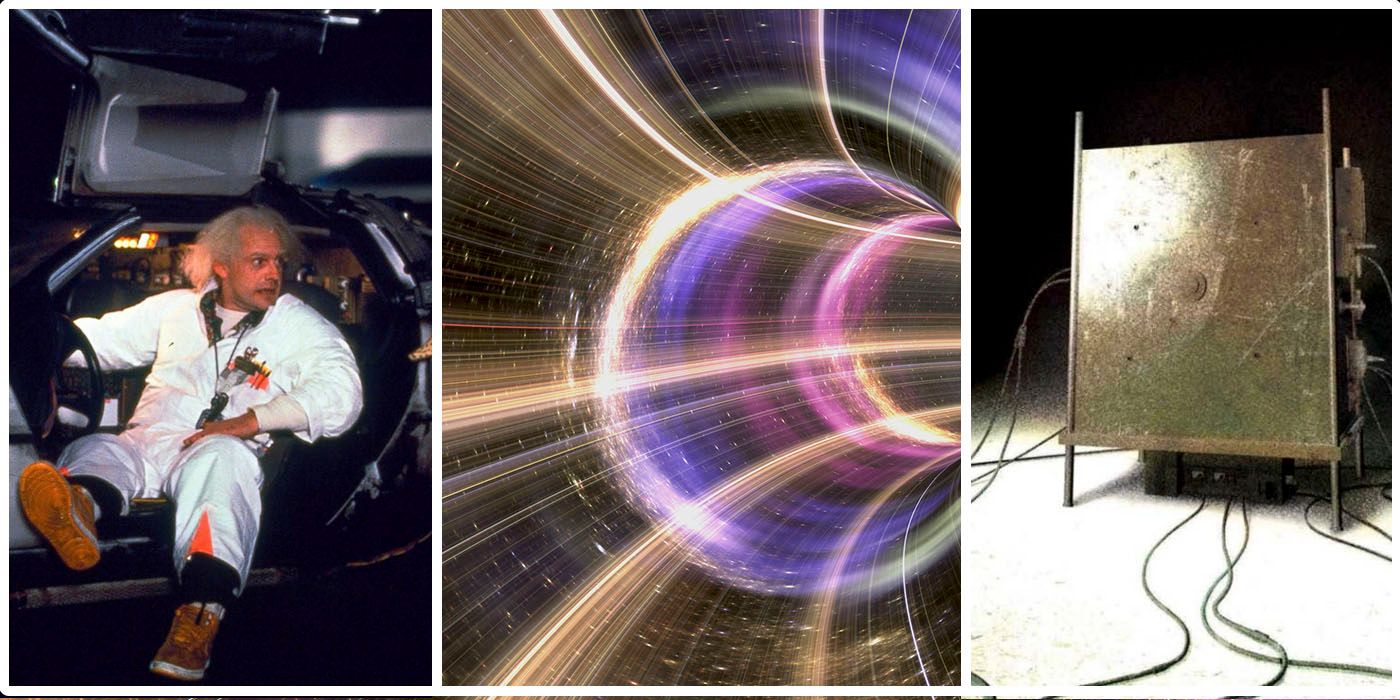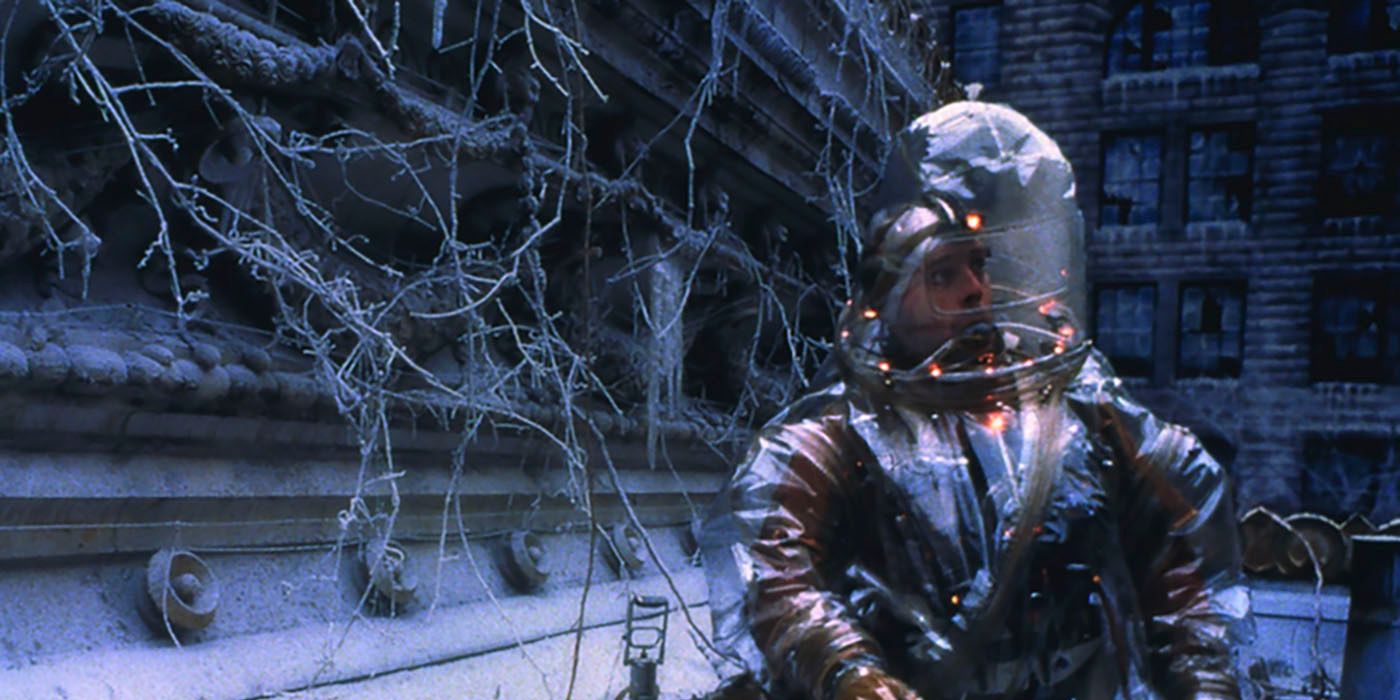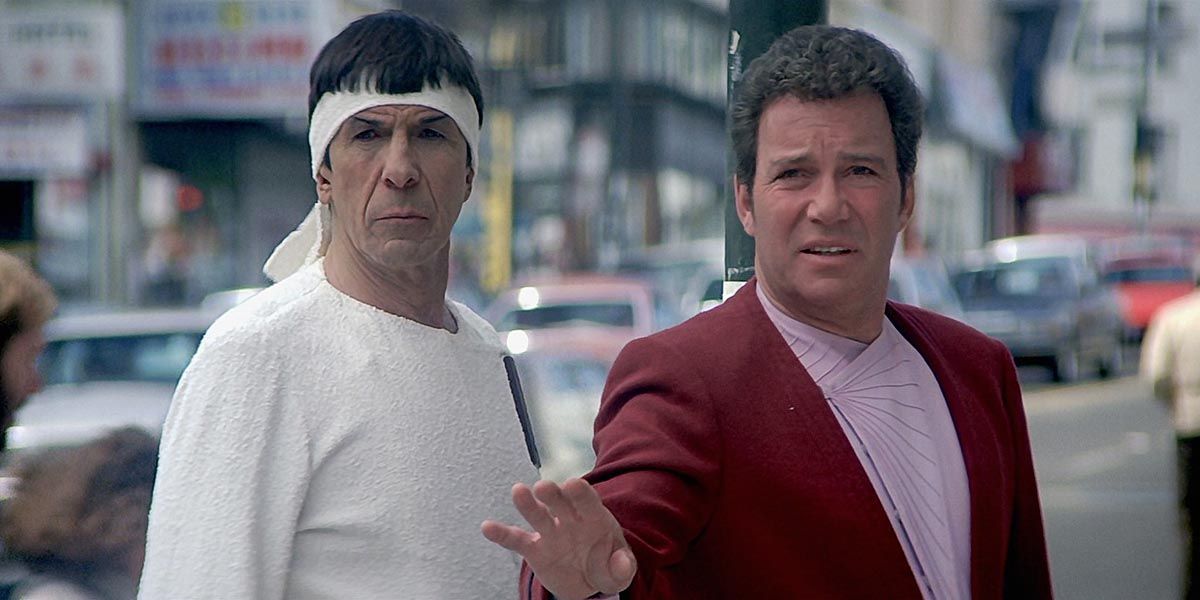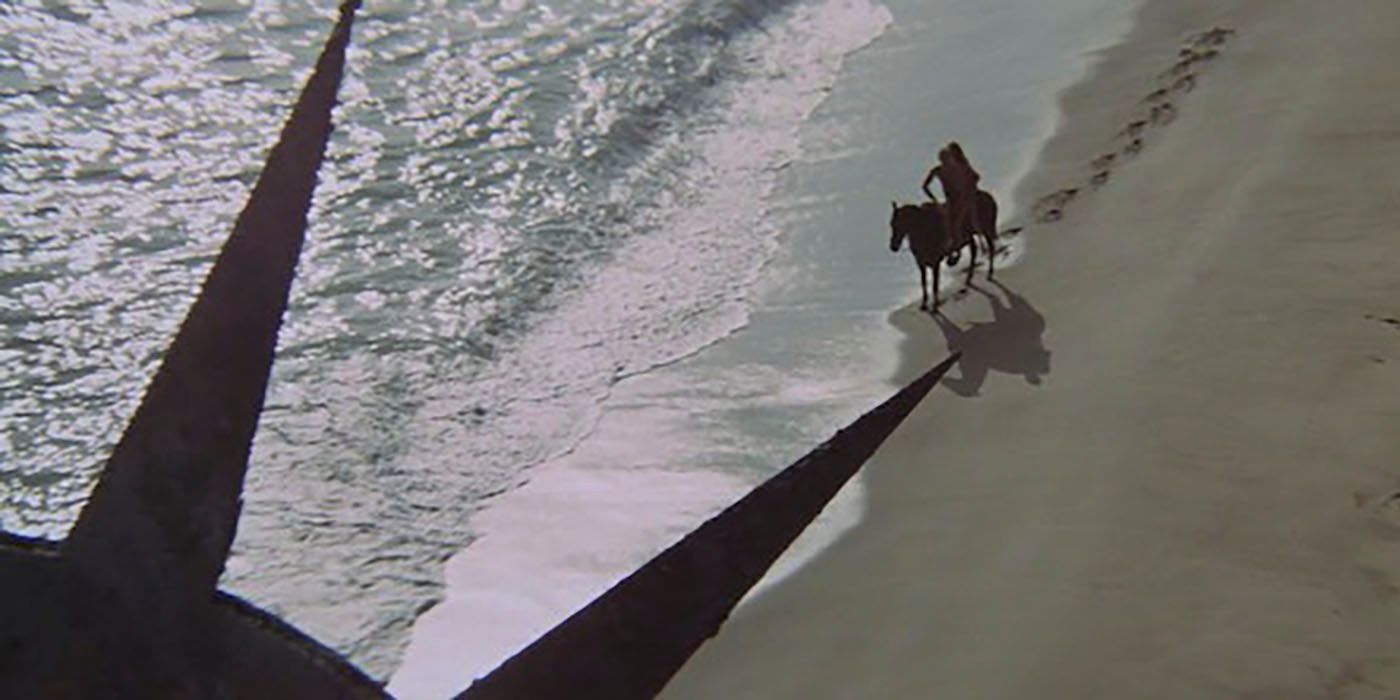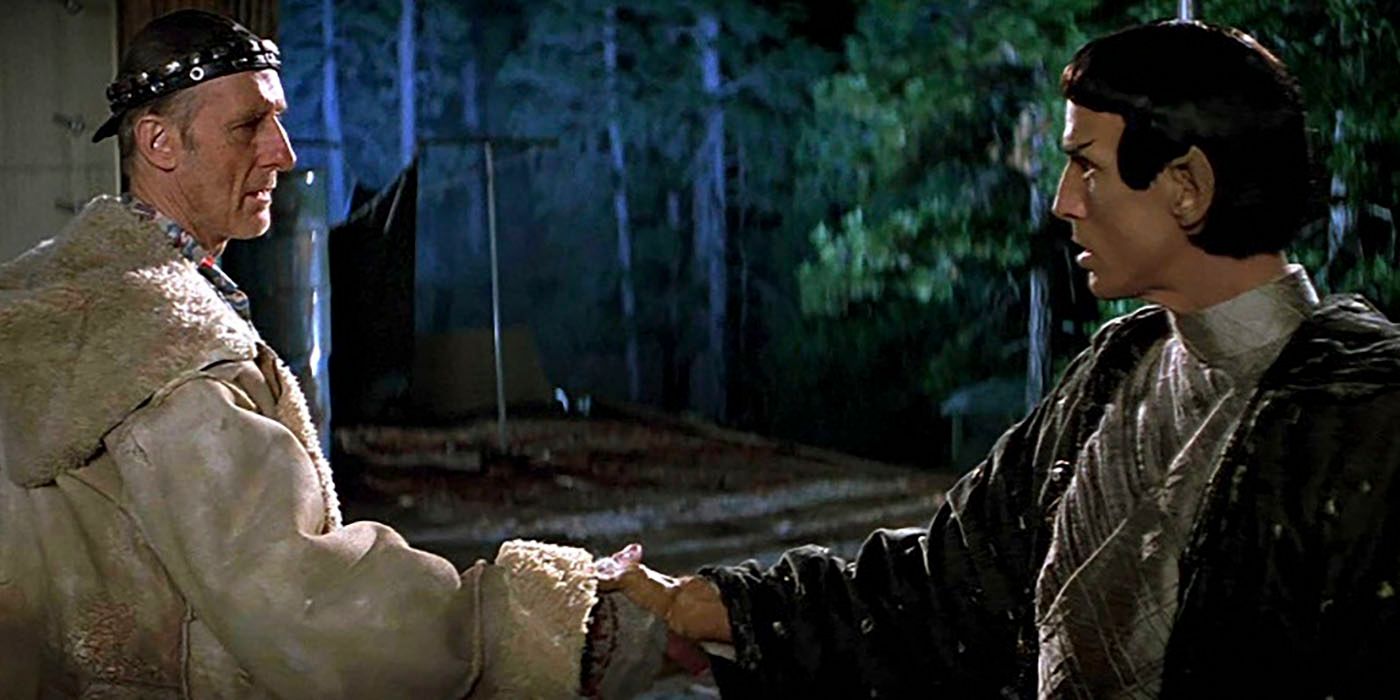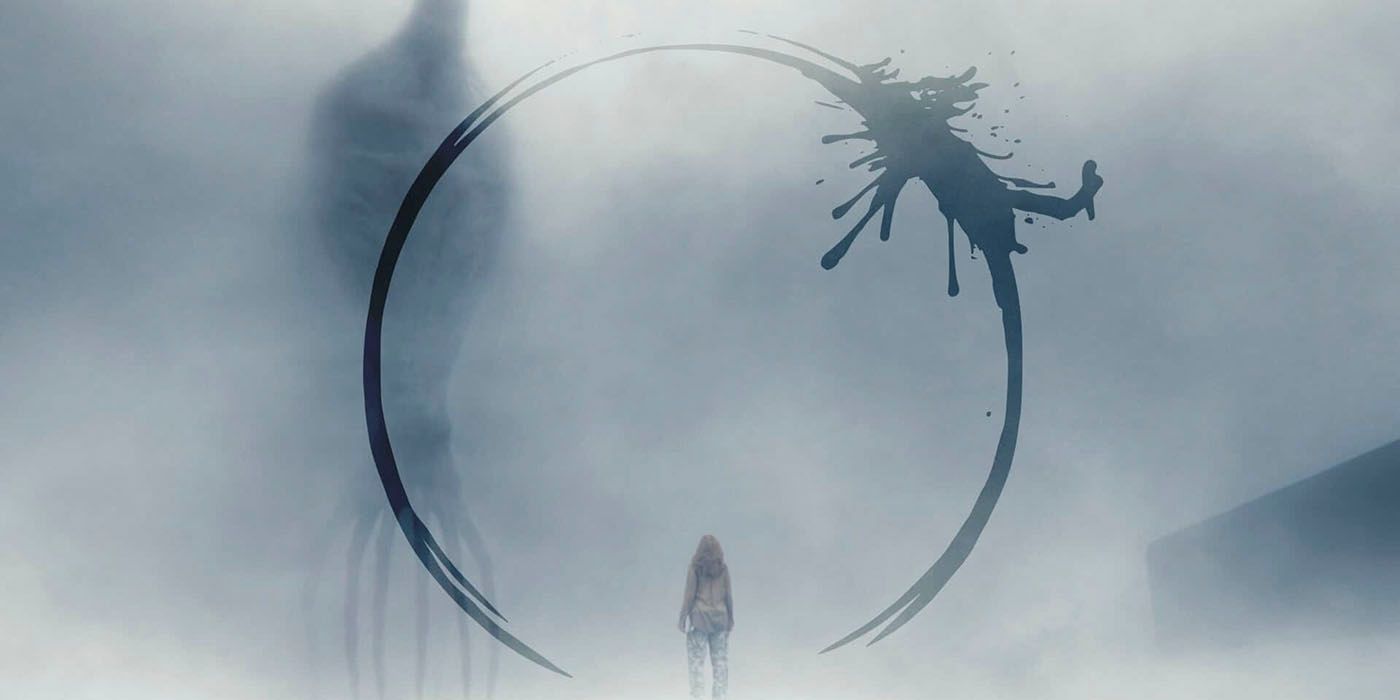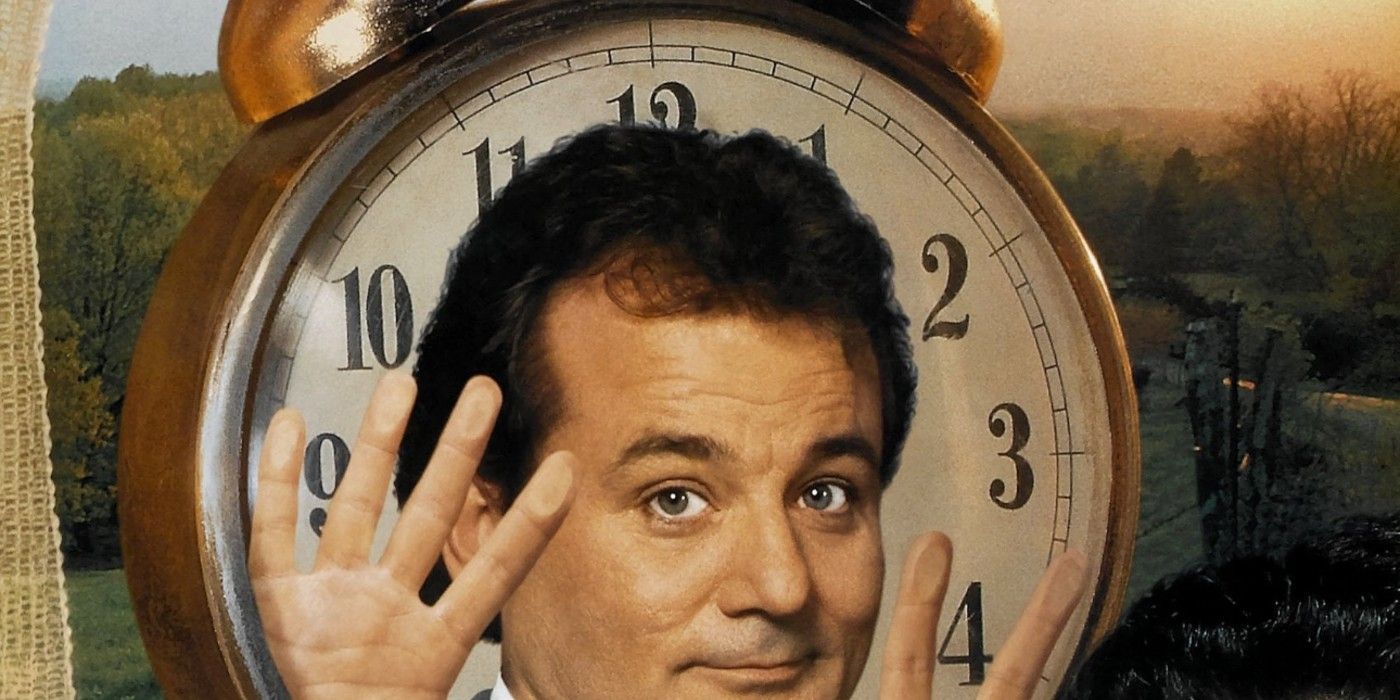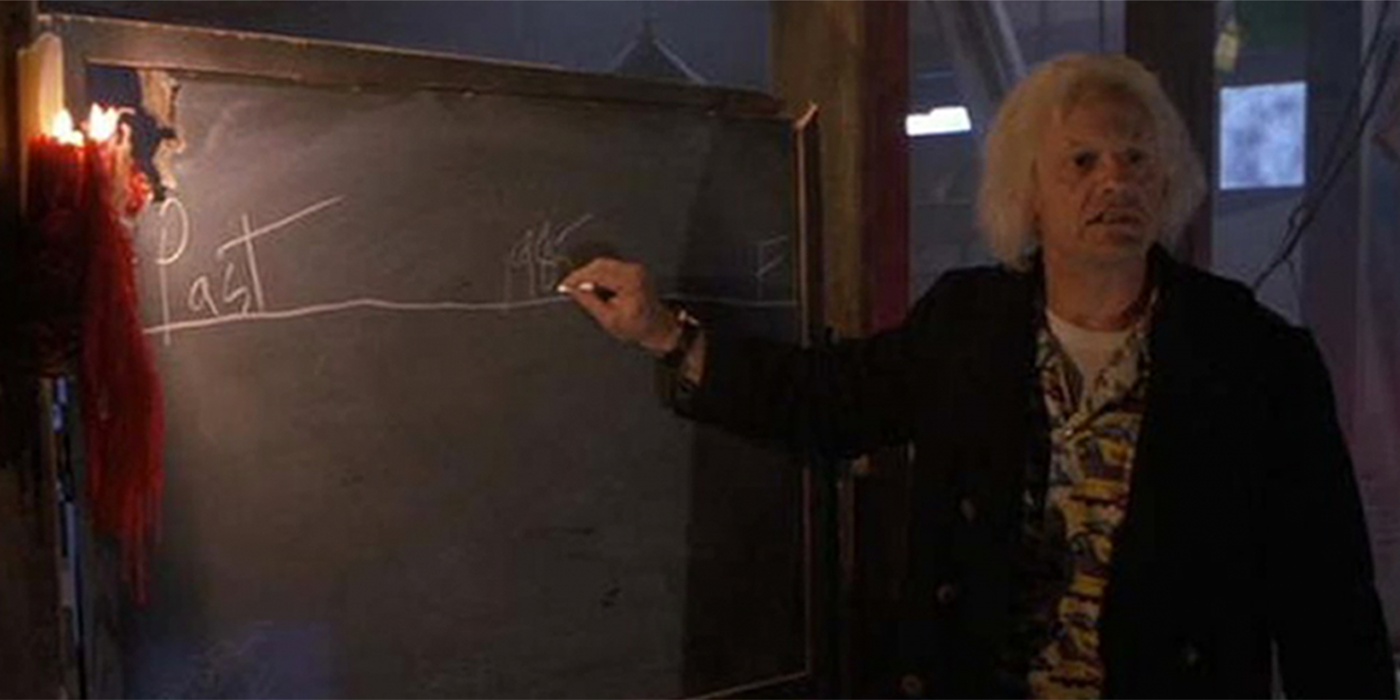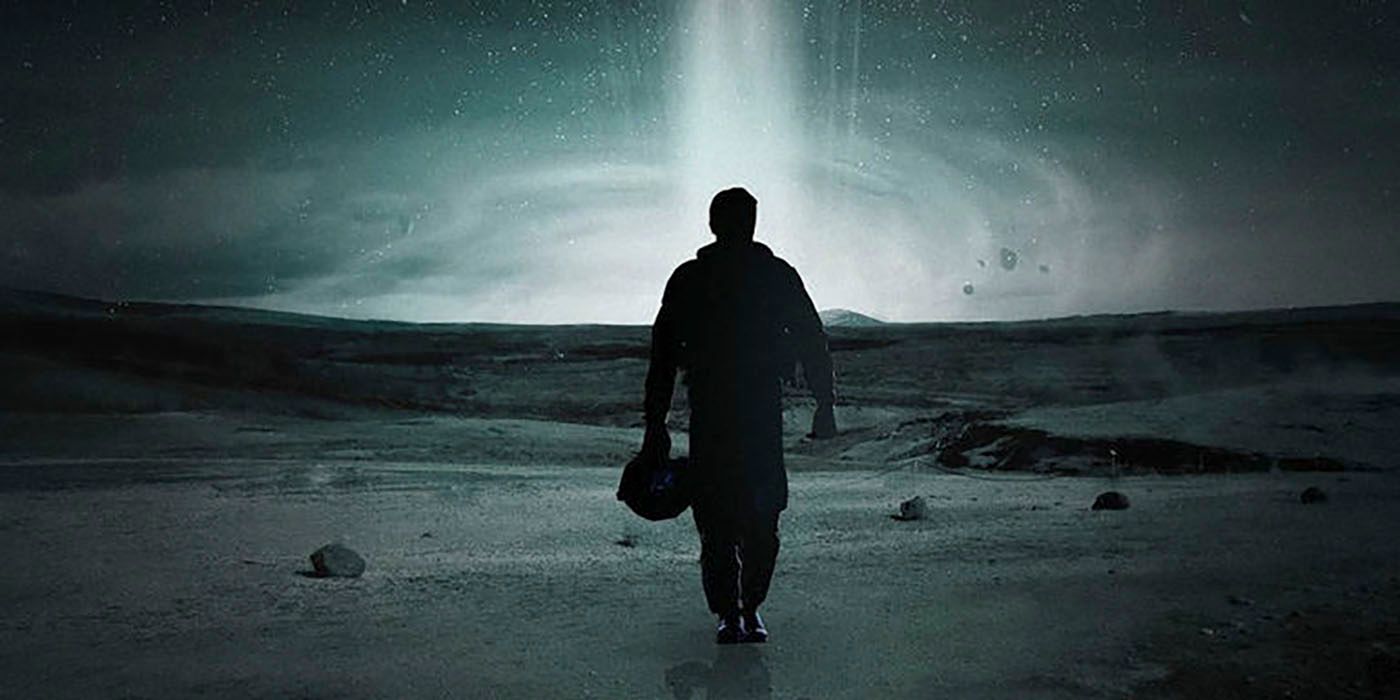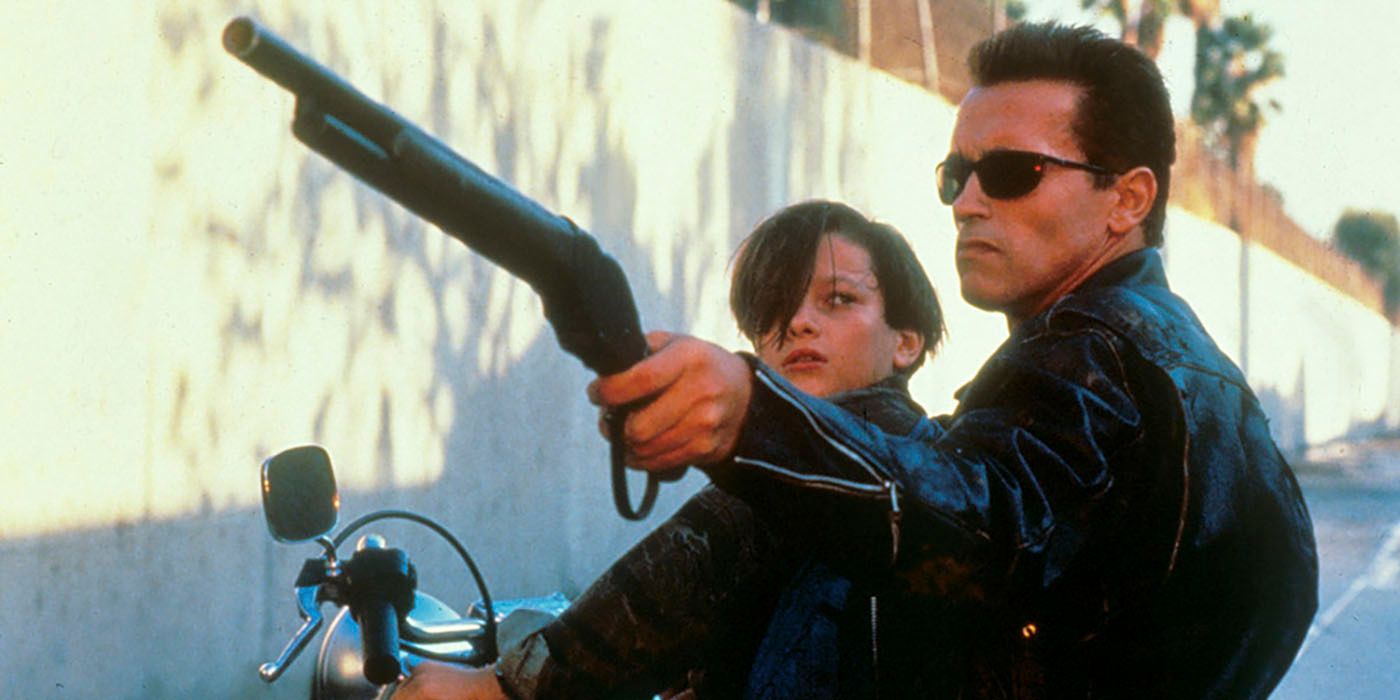The idea of changing how things happen or will happen or have happened is tempting when it comes to sci-fi. While the usual ways these movies deal with time travel isn’t always the more theoretically accurate, or even well thought out plan, some filmmakers have managed to pull it off without gaping plot holes.
While it can be easy to get lost in the details of how time travel works and the science involved, these movies strike a balance to keep things entertaining. The audience might even pick up a thing or two about the space time continuum during the ride.
10 Primer didn’t dumb it down
Shane Carruth was uniquely placed to create a movie about time travel. The writer/director of Primer was formerly an engineer and has a degree in mathematics. When creating his low budget 2004 movie, he didn’t dumb down any of the science involved, as two men accidentally discover time travel. It has since been called the closest movie version of how time travel would actually work.
The movie delves into the consequences— both physical and emotional— of using their time machine, known as the Box. It was an award winner at the 2004 Sundance Film Festival and has become a cult classic.
9 12 Monkeys is shooting for a better tomorrow
While trying to find a cure to the virus that killed 99% of the human population in the '90s, the time travel geniuses in 12 Monkeys haven’t really stabilized the process of travelling through time. But they decide it’s good enough to send prisoners through to… well, whenever.
This is more of a cautionary tale against sending people through time willy-nilly, rather than a solid example of how-to time travel. The protagonist, James Cole (played by Bruce Willis), is unable to escape his own trauma. Will humanity be saved? Maybe— but it’s not likely.
8 Star Trek IV: the Voyage Home burns through energy
Nobody does time travel like Star Trek. In the case of Star Trek IV: The Voyage Home, while the physics for flinging a ship around the sun fast enough to break through the space time continuum is a little hit and miss, the energy consumption that is illustrated makes the leap to the 1980s a little more plausible, in sci fi terms.
While the crew of the Enterprise plays it fast and loose with the usual rules of time travel, the whales were clearly worth the effort.
7 Planet of the Apes (1968) plays with light speed
Theoretically, the closer an object— say, a space-ship— gets to travelling at light speed, the more time around that object changes, or dilates. So as Charlton Heston hurtles through space, blissfully unaware that he’s experiencing time dilation, the apes are taking over the planet over a couple millennia.
While the 2001 remake didn’t take a lot of care with how time travel actually functioned in that world, the original Planet of the Apes executed the theory of special relativity, and the reveal of a broken-down Statue of Liberty, beautifully shows where and when George Taylor ended up.
6 Star Trek: First Contact saves the Federation
The Borg threaten Earth in the mid-21st century and the crew of the Enterprise has to stop them. The Borg’s technology allows the time travel in the first place in the form of an artificial wormhole, which is the folding of space and time to travel to another point on the continuum.
At least this time, unlike their original cast counterparts, the Star Trek: the Next Generation crew does make some effort to keep too much information from the humans on 21st century Earth, they did enough to freak out the man that would make first contact with the Vulcans. Thankfully, he was brought around but telling him about the statue was probably a mistake.
5 Arrival takes a nonlinear approach
While not a traditional time travel movie, Arrival begs the question: If you know what’s coming, do you change course? While trying to communicate with aliens that have appeared all over the world, Louise Banks (played by Amy Adams) gets disconnected from time and space as she knows it.
While her body does not go shooting through the continuum, her mind does and she is left to weigh her options, choosing to follow the path she’s seen for the good things rather than turn away due to the pain that will come.
4 Groundhog Day loops in on itself against all logic
Groundhog Day and its time loop are an exercise in patience. While storytelling rules would normally dictate that repetition is bad, this movie embraces it, using it to build the world that Bill Murray’s Phil Connors is stuck in.
Unfortunately, while Einstein allowed for the possibility of warping time so much that it loops in on itself, most research now says that nature would not allow this to happen. But with a recent swell in time loop titles coming to screens, physics doesn’t seem to matter.
3 Back to the Future Part II is an introduction to branching timelines
In the original Back to the Future, viewers never got a glimpse of how changing the timeline worked, but in the second movie, Christopher Lloyd’s Doc Brown breaks it down on his blackboard for everyone, Marty included. He clearly illustrated how Biff getting the sports almanac split the timeline and changed everything. While Doc and Marty managed to change things back and erase that branch, it was the first step most fans took toward getting how these things work.
Though, Doc didn’t dive into how there was already a branch timeline due to the first movie, where George learned to stand up for himself, but that wasn’t really important in the moment.
2 Interstellar communicates through time
Interstellar’s time travel hinges almost entirely in the theoretical physics we already have access to in this day and age and extrapolates from those in its effort to save humanity. It dives into the concept of time dilation, or the idea that the closer to the speed of light one gets, the slower time moves for that individual.
Interstellar includes the idea of communicating through time, sending messages to the past to give humanity an extra chance, spelling out that the "ghost" in scientist Murph's house as a child was actually her father in the future.
1 Terminator & Terminator 2 set the bar
Causality loops, free will or destiny, the first two Terminator movies gave several generations the vocabulary to discuss movie time travel and several quippy Arnold Schwarzenegger quotes. The concept of going back in time to kill an enemy before he was born or as a child grew out of the "Grandfather Paradox," which involves killing your own grandparent before the conception of your parent.
While the later sequels played far faster and looser with the time travel concepts and the concept of free will— John Connor watching the world burn in Terminator 3: Rise of the Machines illustrated the inevitability of his life— the original two still hold up as great examples of how to play with time at the movies.

